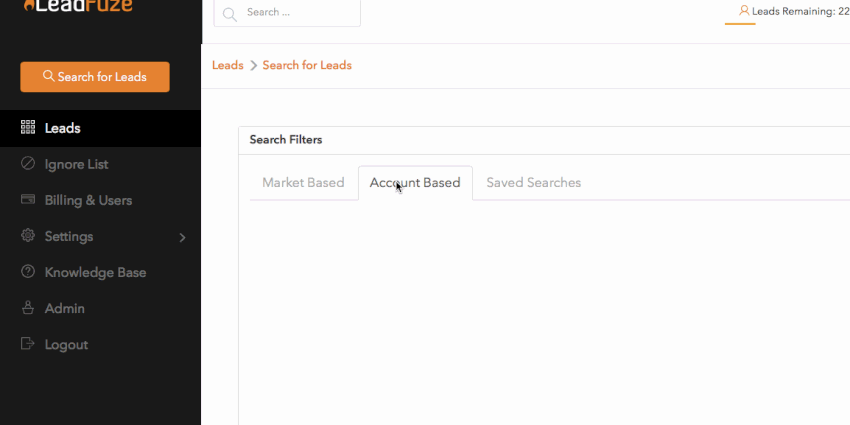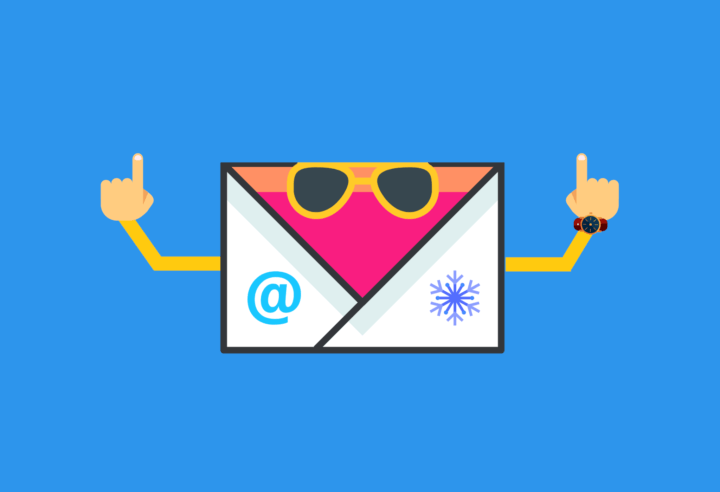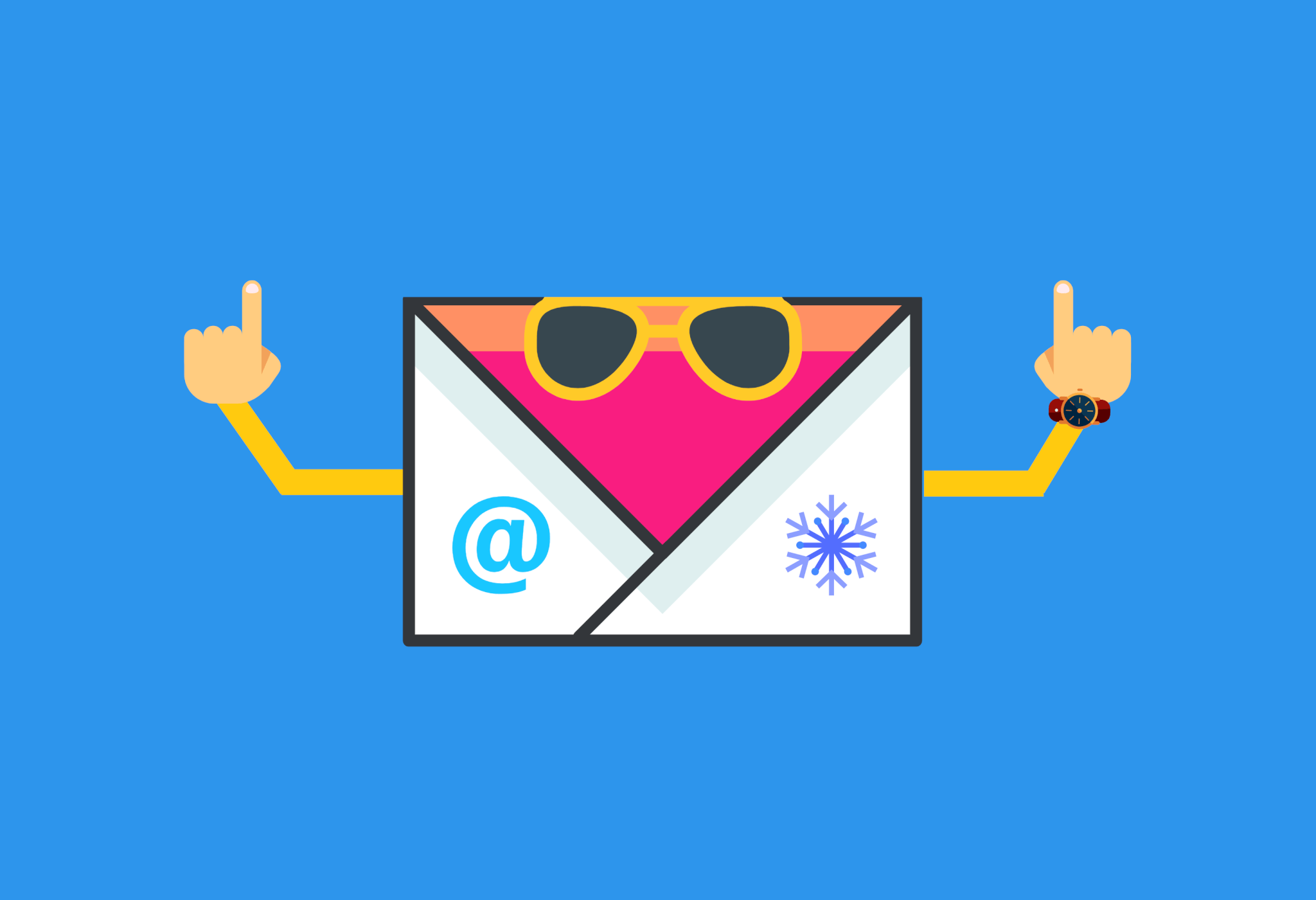What is a Cold Email Campaign
A cold email campaign is a series of personalized emails sent to the “inbox” of an individual with business-related information. The messages are usually not solicited and often contain links back to your site, useful content, or other valuable resources.
It is very effective in generating leads and building relationships that can lead to a purchase.
Importance of a Cold Email Campaign
Email marketing campaigns are an excellent way for you to build connections with your clients on a personal level. If properly executed, the campaign may turn into bringing in new customers or creating more loyal clients out of current ones!
For instance, if someone has just bought a product, they are more likely to buy again if you have kept in touch with them through email.
Without a cold email campaign, you may lose clients to competitors if they notice that there are no new messages from your company.
There is an art and science behind cold email campaigns, one should never underestimate the importance of them!
With any endeavor, you have two choices: leave things to chance, or make plans. But leaving things to chance probably won’t give you the outcome you’re looking for. Success rarely happens when opportunity knocks, but rather when opportunity and preparedness meet. And these days, there’s no better tool to help you to get where you want to be than creating a cold email campaign. Pound for pound, nothing delivers better results.
As you plan your cold email campaign, it’s best to follow a tried-and-true recipe for success, one that emphasizes that you’re messaging people; people who have real needs and real pain points. Tapping into what they care about and providing value is what’s going to get you results.
Editor’s Note:
Before we get into the great tips from Sujan, we wanted to take a moment and let you know that LeadFuze fully integrates with Mailshake!
You can use our great data and their fantastic email outreach tool for:
- Improving Sales
- Linkbuilding and Marketing Outreach
- Even Public Relations
6 Elements of a Good Cold Email Campaign
To give you a head start, here are six elements of a good cold email campaign:
1 Assemble an outreach list
The best cold emails won’t have any effect if you’re not sending them to the right people. You’ve got to identify the right prospects based on industry, geography, budget, size, and more. Building a rock-solid cold email campaign outreach list isn’t easy, but it is necessary. In fact, 40% of sales reps say that prospecting is the most challenging part of their job.
You’ve got to identify the right prospects based on industry, geography, budget, size, and more. Click To TweetRather than combing through LinkedIn profiles one by one, you should enlist software to automate the assembly process for you. LeadFuze, for example, searches for leads in specific industries and roles, that use certain software, that spends on Adwords, who are hiring, and more. Then you can export that data as names, phone numbers, emails, and social media profiles so you can focus more on your campaign.
2 Heat up cold emails with personalization
Customer.io found that personalized emails had 29% higher open rates and 41% higher click rates than emails without any personalization. With stats like that, you can’t afford to personalize. In fact, unless you’re sending out thousands of emails a week, you should take the time to personalize each one, even if it’s just a sentence or two.
In a perfect world, you’d highlight mutual connections to catapult your credibility, but simple tactics like using the prospect’s name, company name, or personal details can go a long way toward building rapport. Flattery, sharing useful relevant content, and connecting people are also ways to level up the impact of your email.
3 Optimize the email to get noticed
Getting your email opened is half the battle. The other half is keeping the prospect’s interest long enough to provide value and show you’re worth their time. Here’s a breakdown of what your email should include earning a response:
Subject lines
47% of emails are opened or discarded based solely on their subject line, so take extra time to make sure it’s interesting, short, personalized, conversational, and not spammy.
Body
Ditch the introduction. They don’t care about you or your company. They care about what you can do for them. If they want more, they’ll look at your signature line to get context. Instead, focus on stoking curiosity, providing value or social proof, and doing your best to avoid looking too pushy or salesy. Be sure to keep it short (4-5 sentences max) and make sure every word and sentence persuade your reader to move on to the next one.
CTA
End strong with low-friction asks and make it easy for them to respond. Either tell them exactly what you want them to do or set up the email in a way that gains their permission to continue the conversation. Whatever you do, don’t jump the gun asking for a 15-minute meeting on the first email. Getting a response is step one. Then a phone call might be the next logical step.
Signature optimization
People will inevitably be curious about who you are, so be sure to link to relevant content. It’s all about building credibility and establishing trust, so links to your website, talks you’ve given, recent articles or awards, and active social media profiles go a long way.
4 Find the best time to send emails
The best time to send an email is whenever there is less competition. The best day to send an email is Tuesday, and the best time to send an email is between 8 am-10 am and 3 pm-4 pm.
Since people are typically most responsive early in the morning and later in the evening, try to fit your campaign into that window. Leverage a tool like Mailshake to automate the process around the perfect schedule. If this isn’t possible for whatever reason, strive to follow up during those times to maximize the possibility of getting your email read and responded to.
5 Proofread emails like a professional
Nothing ruins your cold email campaigns like having grammatical or spelling errors. While mistakes are a fact of life, you’ll still want to make every effort to position yourself and your brand in a positive light. Here are a few helpful tips beyond using spellcheck:
- Download Grammarly to find complex writing errors that spellcheck typically misses.
- Ask yourself if each section adds value or clarity as you read. If it doesn’t, delete it. You don’t have much time to make an impression, so cutting the fluff is a quick win for everyone.
- Walk away and put some distance between your first and second drafts. A day is best, but even just a few hours can make a difference.
- Create a cold email checklist to lessen the chances of forgetting something or making mistakes.
- Read your email out loud at least once. This makes it much easier to identify any confusing parts of your email.
6 Craft the perfect follow-up strategy
Sending your first cold email is just the beginning. Cold email campaigns should have a consistent follow-up schedule, and ideally include an omnichannel approach of cold email automated follow-ups, cold calls, and social media engagement. That way you can spread out your touches and come off less spammy and salesy.
When following up, it’s also best to not just check-in without good reason. Following up for the sake of following up is wasteful and should be avoided at all costs. Instead, create a reason to follow up. One approach is to send out helpful content in your first email so that your second becomes a natural follow-up: “Have you had a chance to look over the resources I sent you? I’d really appreciate your feedback.”
Your cold email campaigns are fluid and never truly complete. You can optimize and tweak for years and still have room for improvement. Relentlessly testing and improving is the name of the game. Measure your open rate, response rate, sales generated, and more. Strike a balance between effective email templates and personalized emails. Finally, remember that cold email isn’t about selling – it’s about building connections. Initiate a conversation and build on it until you’ve shown enough value to earn the sale.
7 Tips in Creating a Good Cold Email Campaign
If you stuck this far on this blog post, here’s a little surprise for you — some awesome tips and tricks!
1. Set up your cold email signature, profile, and provider
It’s always good to start with the basics, and that includes your email signature. Know what you want to send in this section so it’s ready for when the time comes.
A good cold email profile can help increase your response rates, which is why it’s important to make a strong first impression by having an up-to-date header image, company logo, or branded icon on most clients.
If you’re not sure how to set up a cold email account, there are many options out there that can help get your provider started. Once it’s set up, don’t forget about the importance of using an auto-response and updating your profile as often as possible!
2. Avoid getting blacklisted
Make sure you comply with the CAN-SPAM Act and other related laws. This means that your emails need to include an opt-out or unsubscribe link, you can’t send more than one email a day unless the recipient has already opted in and you must have permission from anyone on whose behalf you’re sending messages.
Recipients should also be able to tell who it is they are contacting when viewing the message in their inbox.
One of the most important things to remember is that even though there’s a lot more competition for your target market, you need to make sure they know who it is they’re speaking with when contacting them. If you can’t provide an accurate name and contact information about yourself or your company, then don’t send emails!
3. Build a cold email list
The first step in a cold email campaign is to acquire an audience. This can be done by building your own list of prospects or using one already compiled for you (like from a trade show). It’s important not only that the recipients opt-in to receive emails but also provide their contact information so they’re more likely to respond.
You’re in charge of your own marketing, but you don’t have the time to build a cold email list?
LeadFuze is here to help. It’ll find and collect emails for you from all over the internet so that you can focus on what’s most important – building relationships with potential customers.
With its system, it’ll find prospects who are interested in your product or service and email them right away. All it takes is one click from them to start a conversation with you! And if they don’t respond, this tool will keep sending more until they do! It’s like having an assistant who does all the work for you.
Sign up for a free trial today!
4. Write a cold email that gets responses
It doesn’t matter how much time or money you spend on an email campaign if recipients don’t respond. To get the best response rates, your cold emails should have a strong call to action and a clear purpose for each communication to keep people engaged.
If you can personalize your emails, the better. There are a few ways to do this, including segmenting your list by demographic or use of past transactional data.
5. Use cold email templates
Use a cold email template to make sure you have the basics covered: subject line, greeting, and call-to-action.
There are many templates to choose from and they’re easy to find. Just make sure you choose one that is relevant to your business and has a clear purpose.
6. Don’t send cold emails in bulk
Sending your emails in bulk can result in some recipients viewing your email as spam.
Instead, send one at a time for best results, and be sure to include all the details of each contact you are reaching out to so they know how they were selected.
7. Build advanced sales workflows
Sales workflow automation can be tricky, but it’s an excellent way to increase sales.
A good place to start is with a basic CRM workflow template that automates the process of getting in touch with prospects and driving them through the buying funnel.
Automation tools like Zapier or IFTTT provide many templates for you to choose from.
Conclusion
A cold email campaign can be incredibly effective if executed correctly.
The key is to incorporate the six components listed in this blog post as well as following best practices when it comes to cold email marketing.
Want to help contribute to future articles? Have data-backed and tactical advice to share? I’d love to hear from you!
We have over 60,000 monthly readers that would love to see it! Contact us and let's discuss your ideas!


